A typical task in the laser industry is resampling down the repetition rate of pulsed lasers. Most commonly this problem is related to pico- and femtosecond lasers, and is known as pulse picking.
An ordinary seed laser repetition rate is in order of tens of MHz (from 10 MHz up to 100 MHz or even higher). For further amplification much lower repetition rates are necessary, approximately tens of kHz. A pulse picker reduces the rates applying short voltage pulses to an electro-optical crystal like RTP, DKDP or BBO, and thus controlling polarisation state of pulses in the pulse train. A single pulse polarisation could be modified in this way and further selected by polariser.
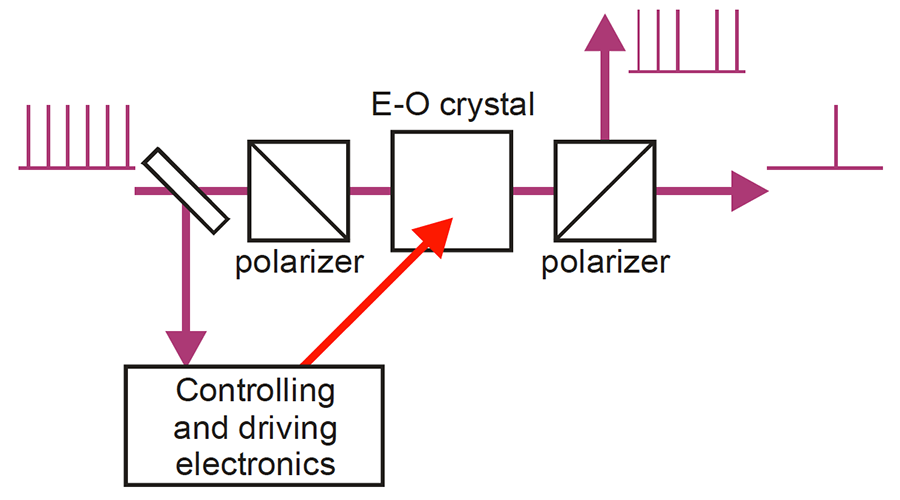
In the similar way input/output of pulses into/from the regenerative amplifier may be controlled.
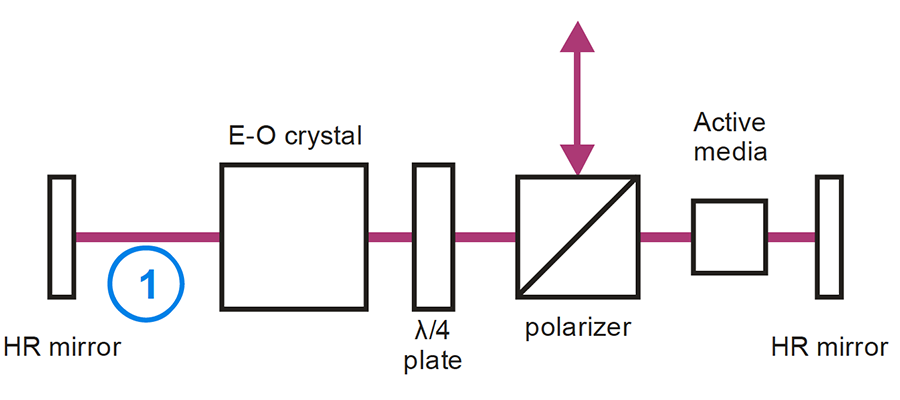
The leading edge of electrical pulse (of quarter-wave voltage) should match the moment when the optical pulse is passing through the area 1. The falling edge of electrical pulse is synchronized with the moment when the optical pulse is in area 1 again. Then the optical pulse will release from the amplifier.
So, the first key element of the aforementioned schemes is the high voltage switch capable to produce pulses with very fast rise and fall times (e.g. HVSW‑03).
The second key element for pulse picking applications is the control board (e.g. PP‑CONTROL) synchronizing electrical switching with optical pulses.
In the simplest case the control board solves namely the task, i.e. aligns the sequence of high voltage pulses relatively to the train of optical pulses. In dependence on high voltage switch modification it may be either pulse picker or regenerative amplifier driver.
In the most advanced case the control board takes care of complete pico- or femtosecond laser, including one pulse picker and one regenerative amplifier.
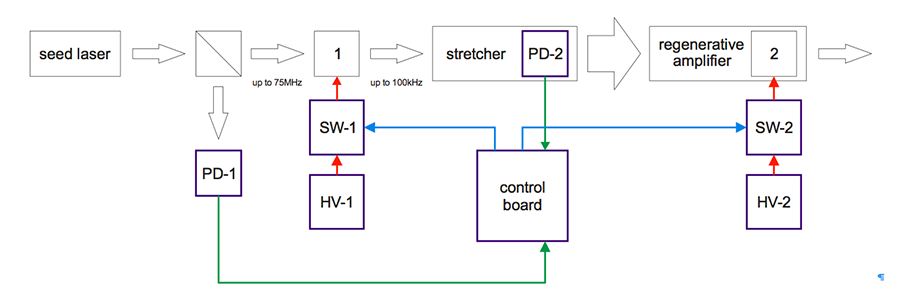

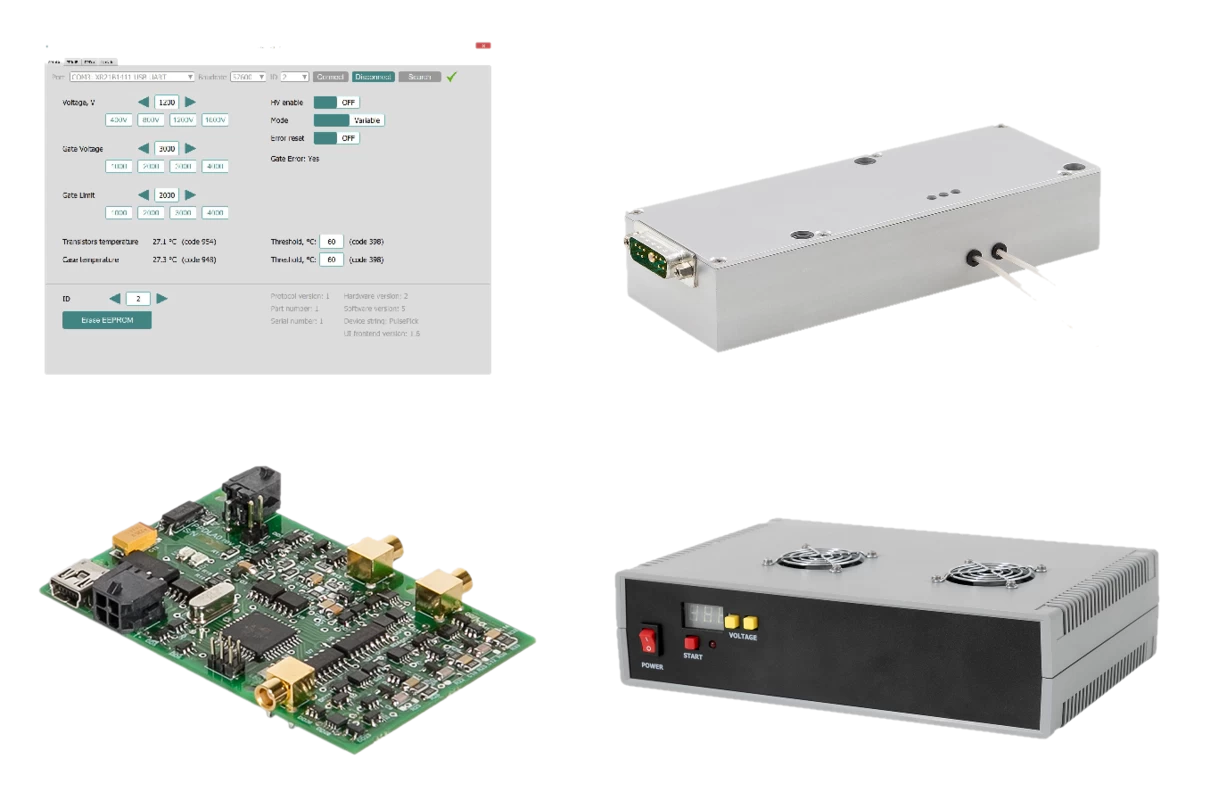
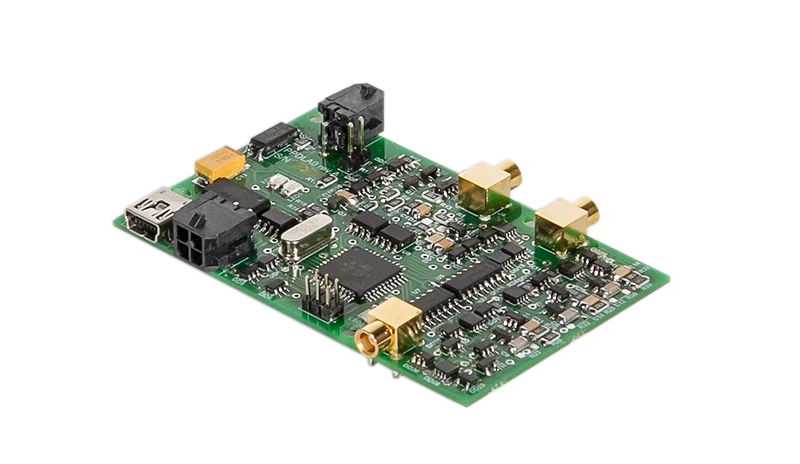
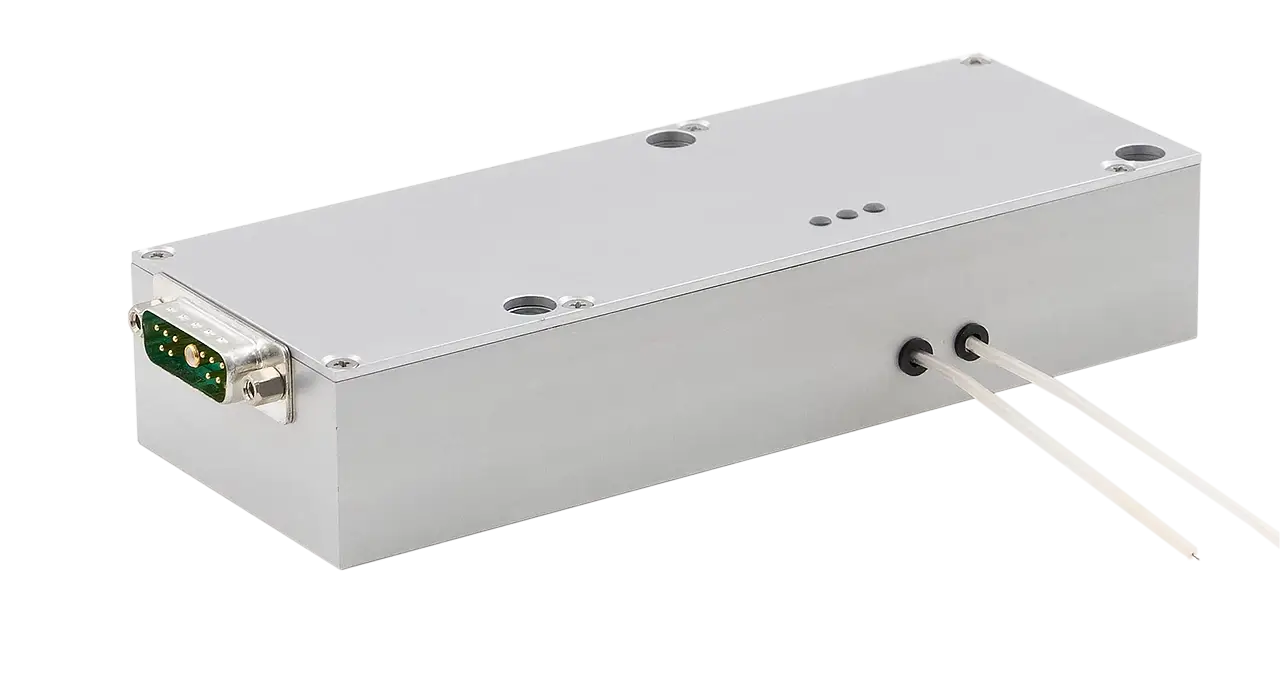
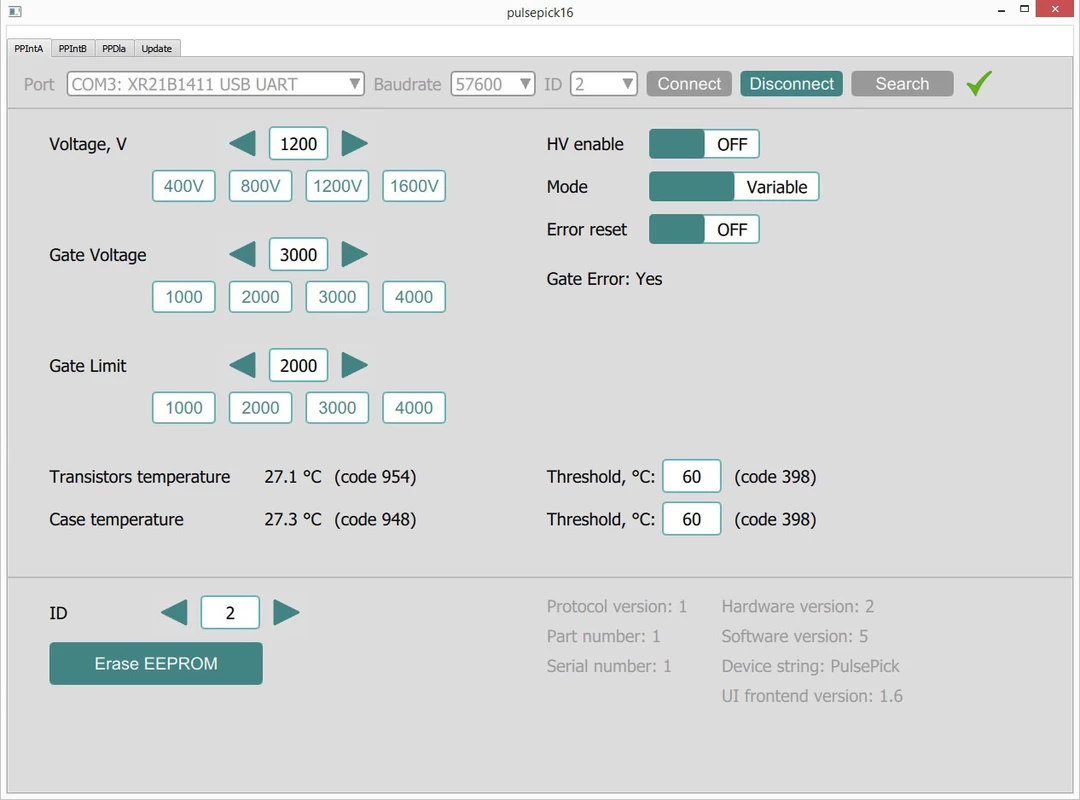
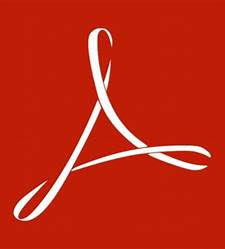 pp-control-manual-en
pp-control-manual-en